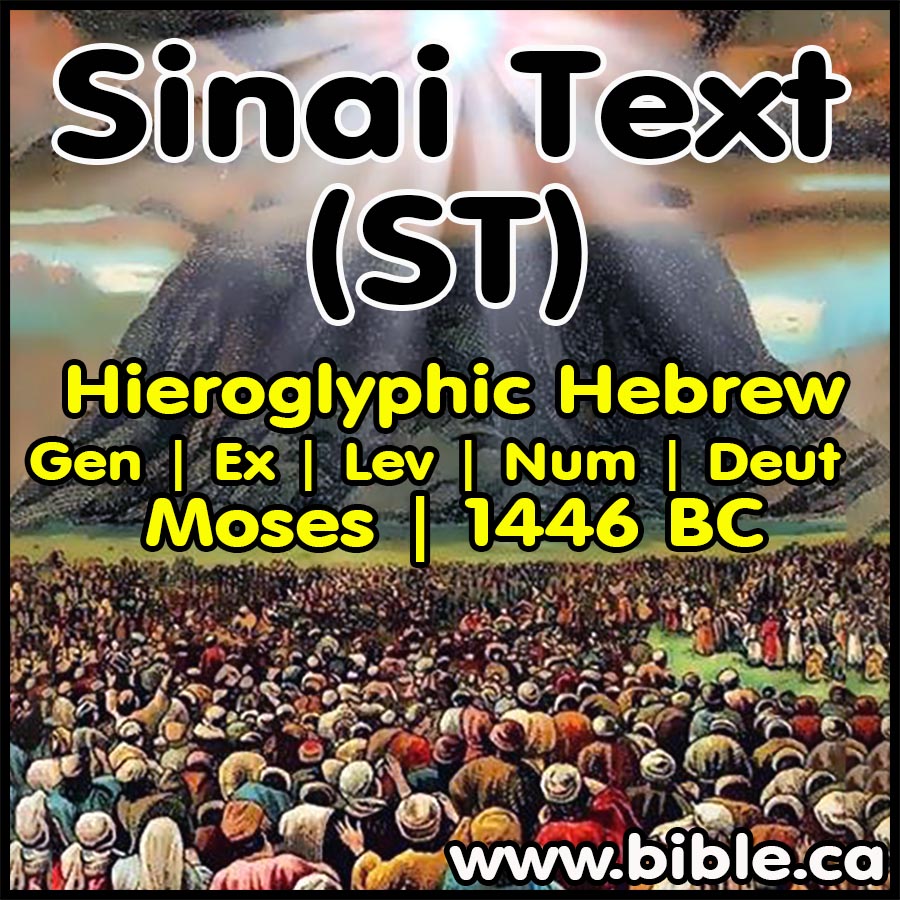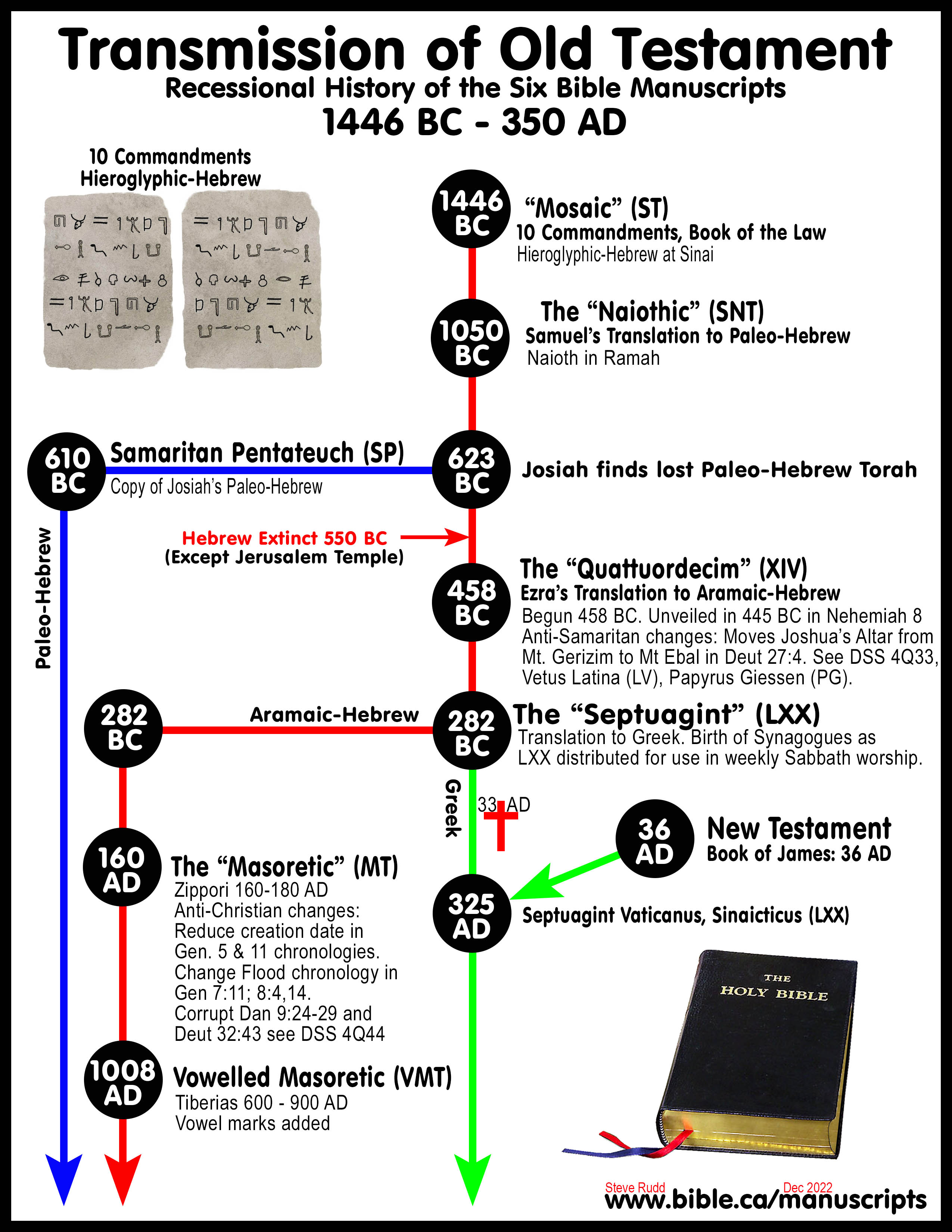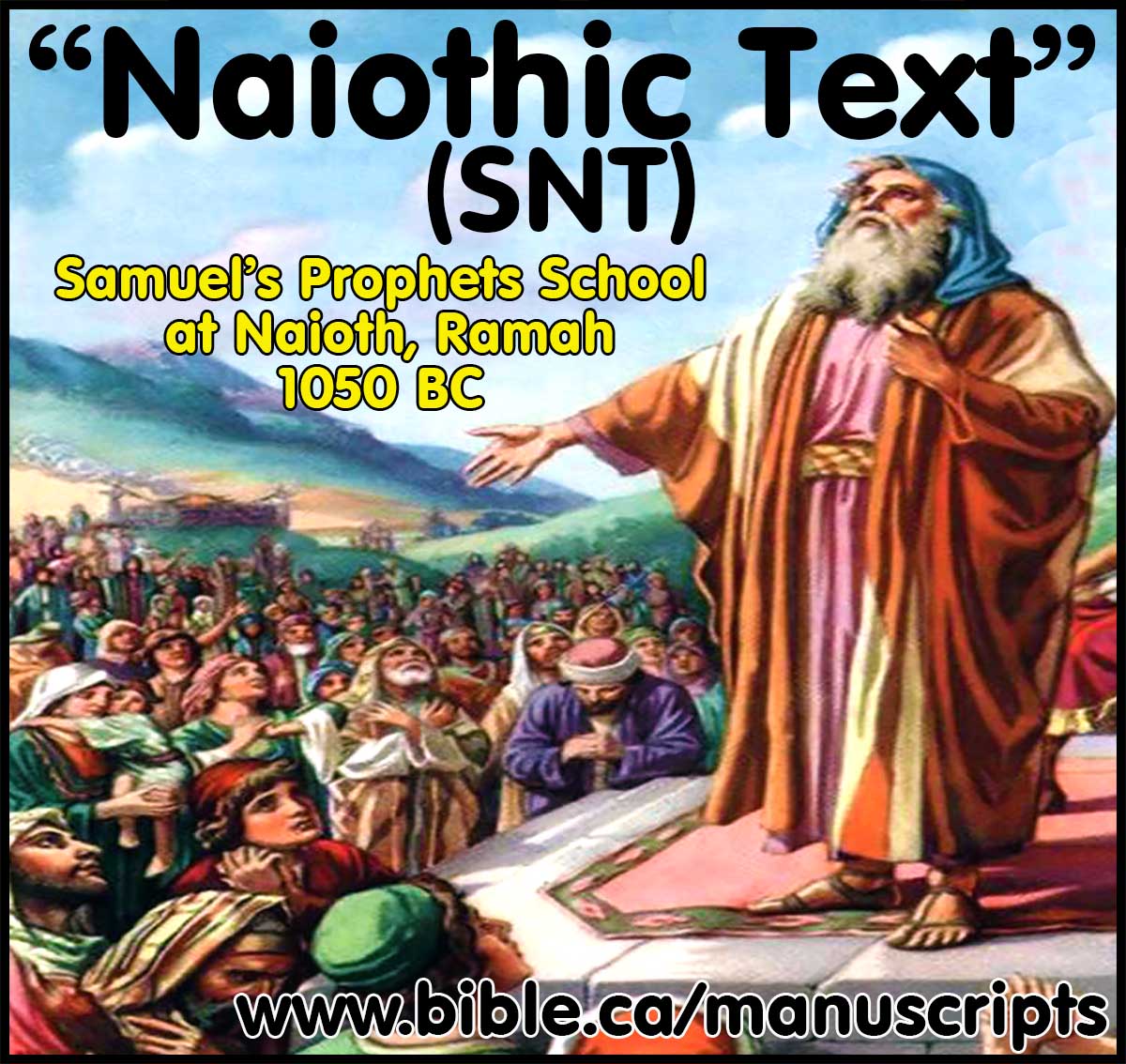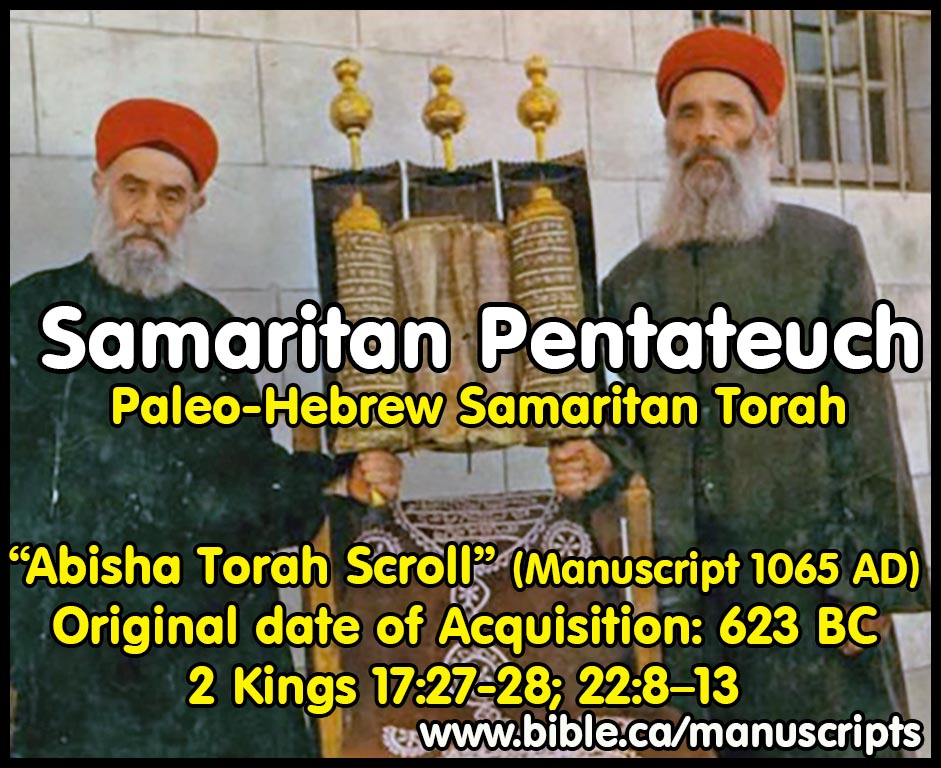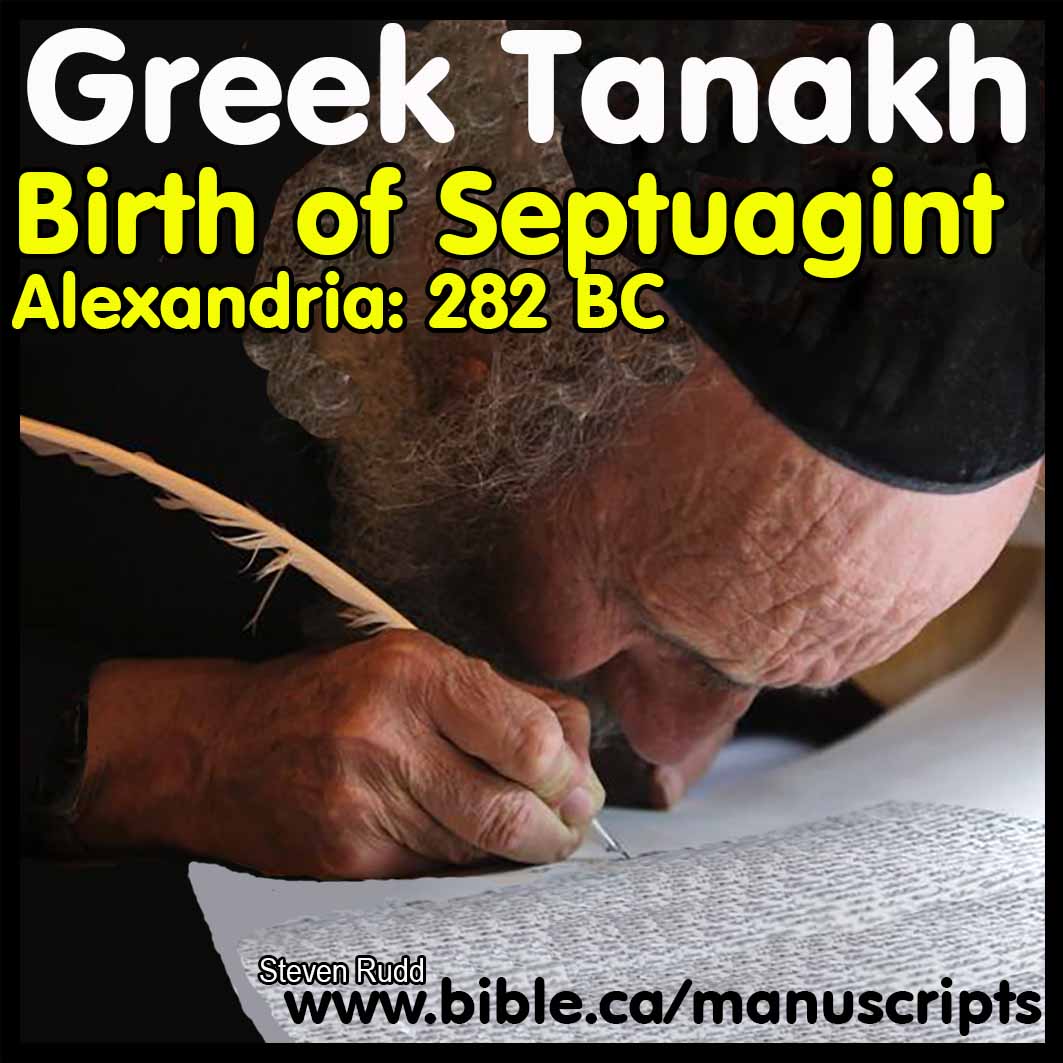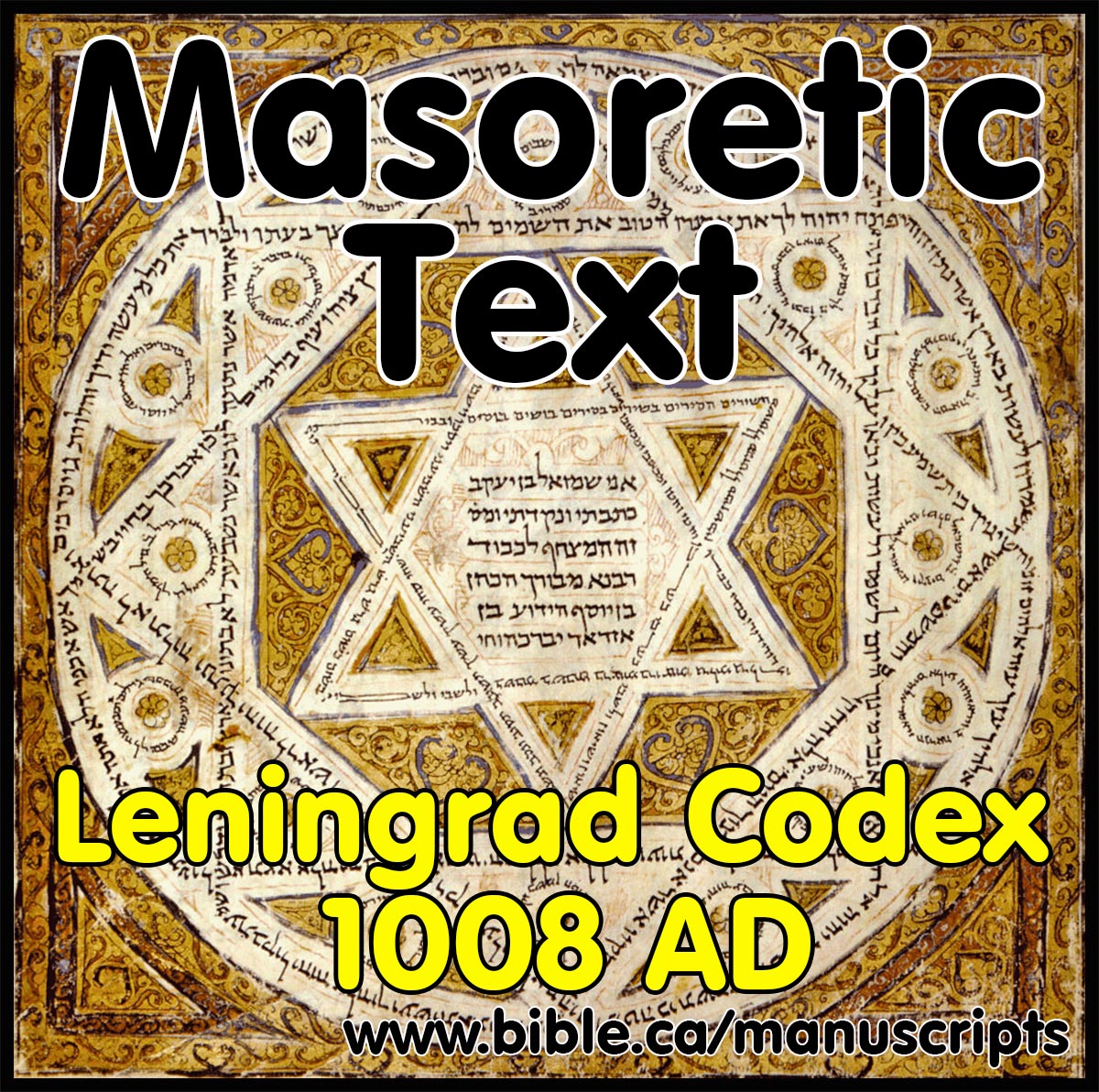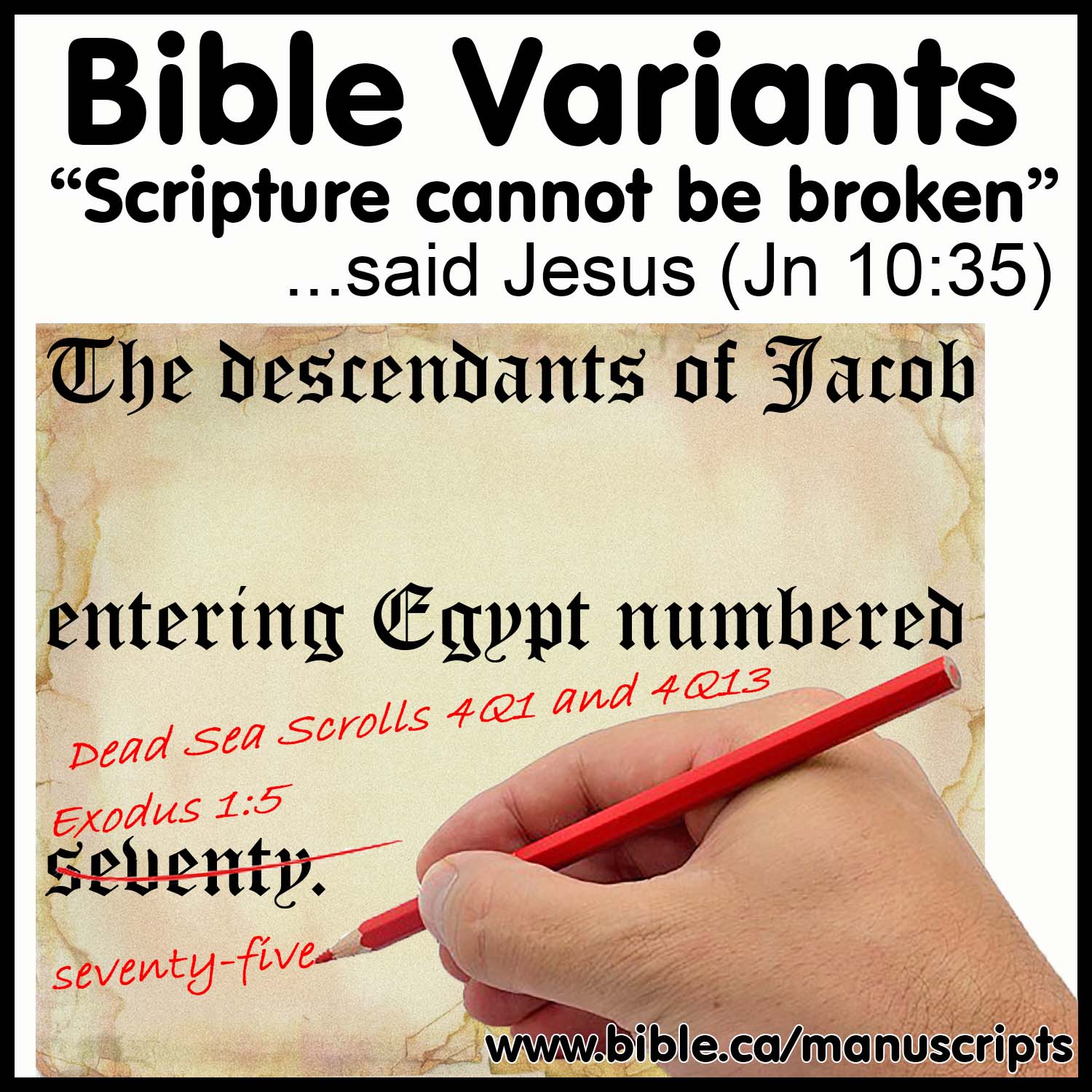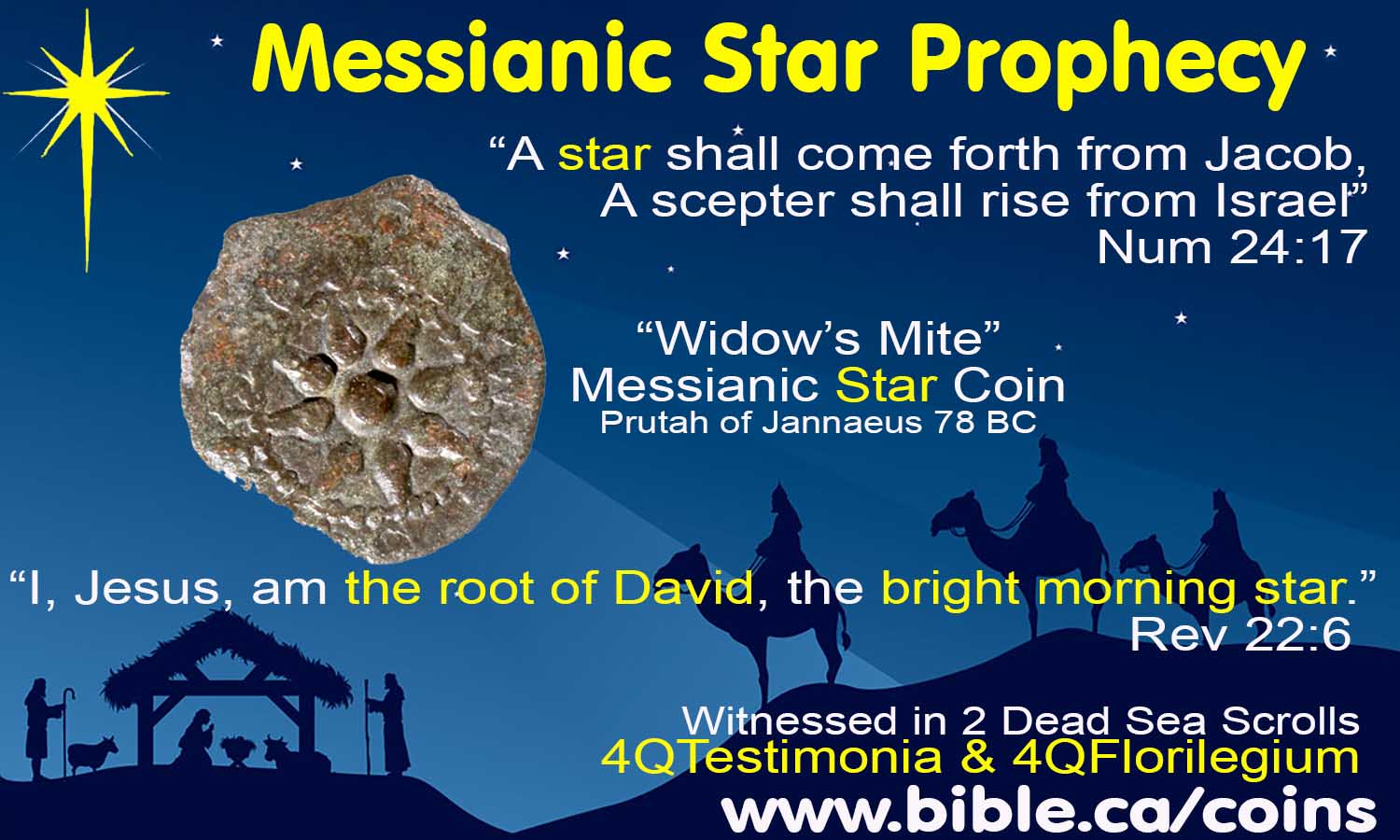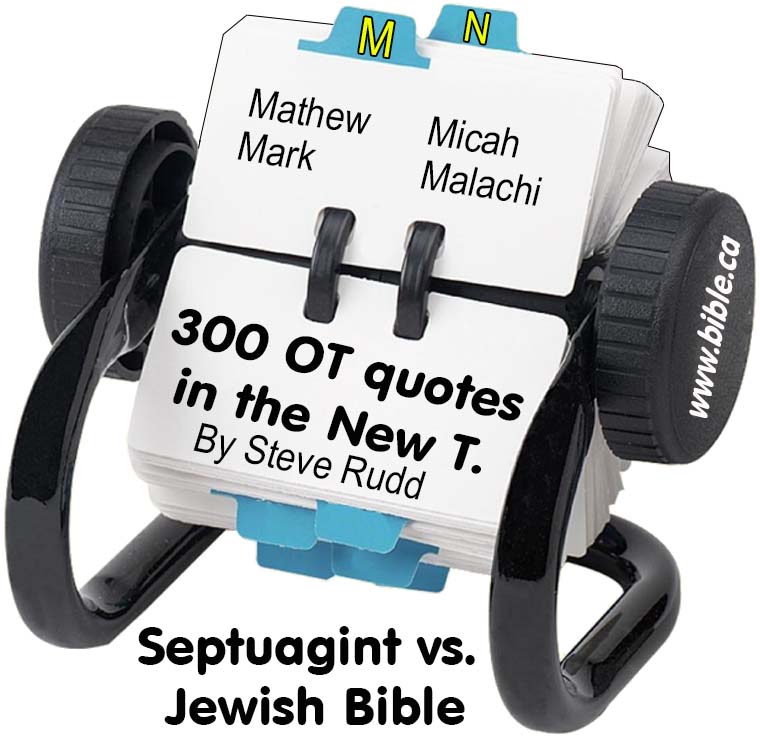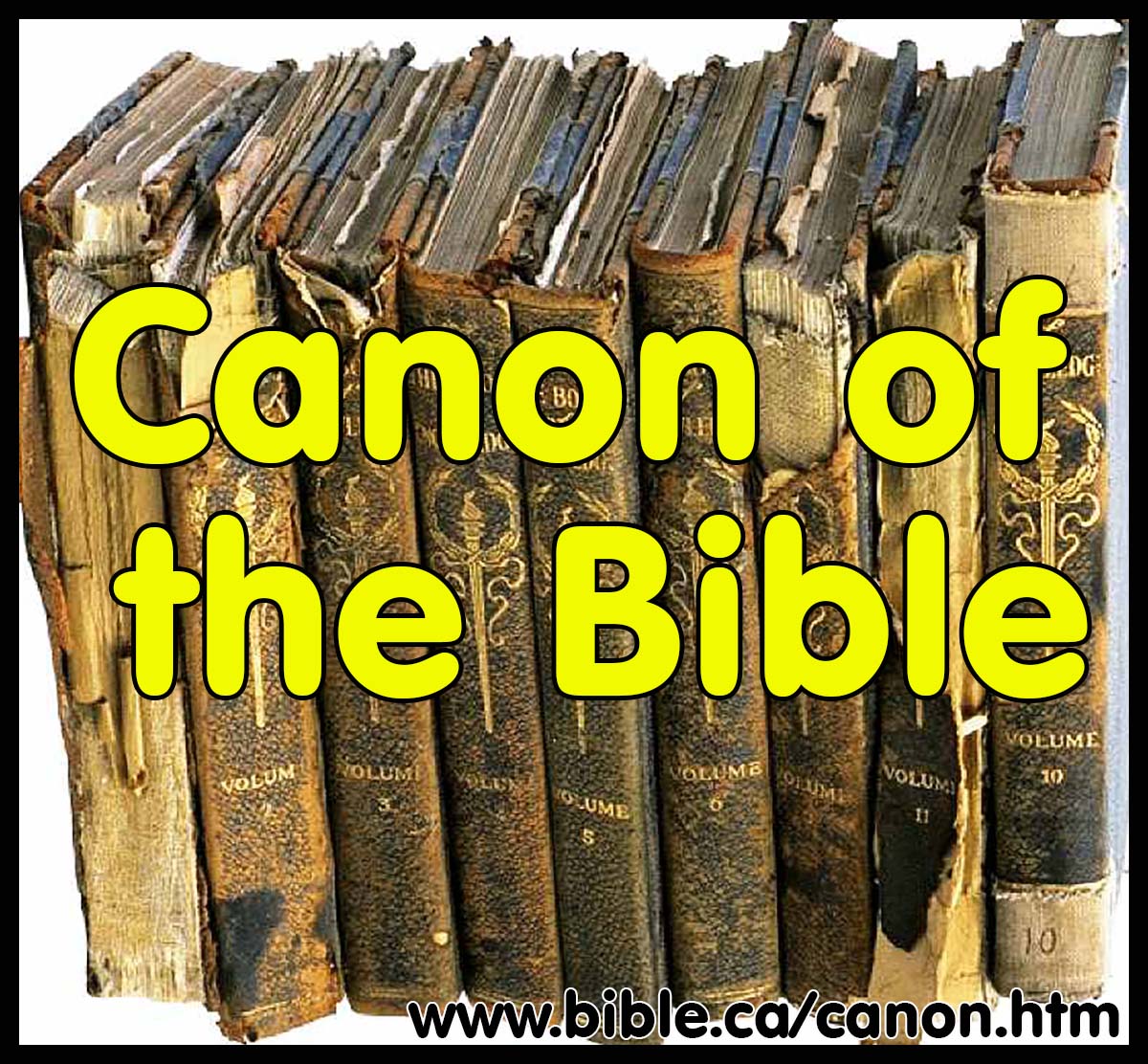|
“Sinai Text” (SN) Genesis | Exodus |Lev | Num | Deut Moses: 1446 BC Hieroglyphic Hebrew Autograph copy “"Scripture cannot be broken" (Jesus, John 10:35) Steve Rudd 1017 |
|
See also: 1. 6 Old Testament Manuscripts 2. Origin of the 4 Hebrew scripts used by Jews and in the bible 3. Book of Law in Hieroglyphic Hebrew alphabet script
|
Introduction:
1. The Sinai Text (ST) is the original autograph copy of the Torah (Gen-Deut) written by Moses in 1446 BC at Mt. Sinai
a. See also: Origin of the 4 Hebrew scripts used by Jews and in the bible
b. See also: 6 Old Testament Manuscripts
c. See also: book of Law in Hieroglyphic Hebrew alphabet script
2. The
alphabet used at Mt. Sinai was not Paleo-Hebrew but Hieroglyphic Hebrew
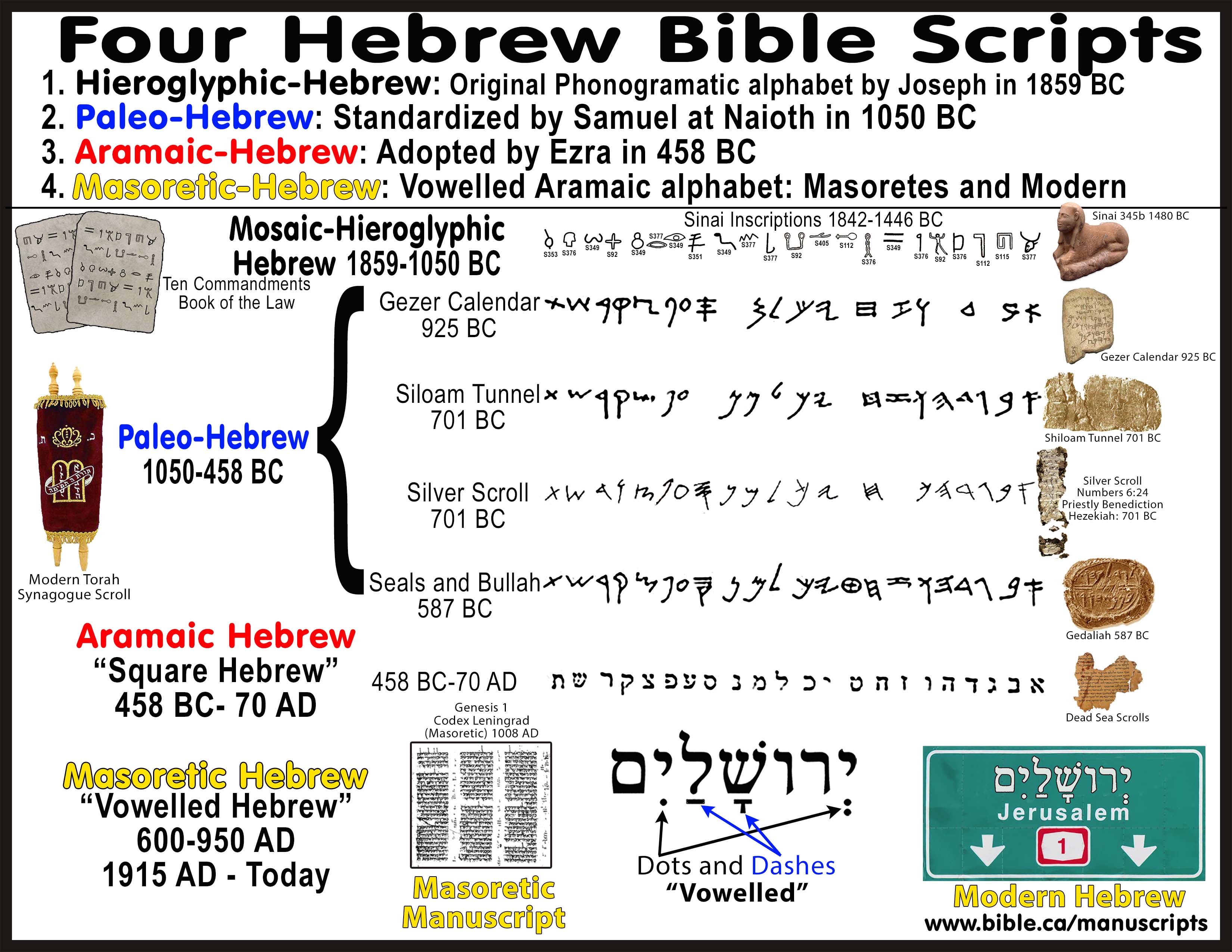
I. The following religious texts were written in Hieroglyphic Hebrew in 1446 BC:
1. The “book of the Law” that was placed beside the ark.
a. “Take this book of the law and place it beside the ark of the covenant of the Lord your God, that it may remain there as a witness against you." (Deuteronomy 31:26)
b. The Torah: Genesis, Exodus, Numbers, Leviticus, Deuteronomy
c. Numbers and Deuteronomy were written by Moses in 1406 BC
2. The ten commandments by the finger of God. Below is an example of how they would look:
a. "‘I will write on the tablets the words that were on the former tablets which you shattered, and you shall put them in the ark.’" (Deuteronomy 10:2)
b. "“Then I turned and came down from the mountain and put the tablets in the ark which I had made; and there they are, as the Lord commanded me.”" (Deuteronomy 10:5)
c. "Then he took the testimony and put it into the ark, and attached the poles to the ark, and put the mercy seat on top of the ark." (Exodus 40:20)
d.
"There was nothing in the ark
except the two tablets of stone which Moses put there at Horeb, where the Lord made
a covenant with the sons of Israel, when they came out of the land of Egypt."
(1 Kings 8:9)
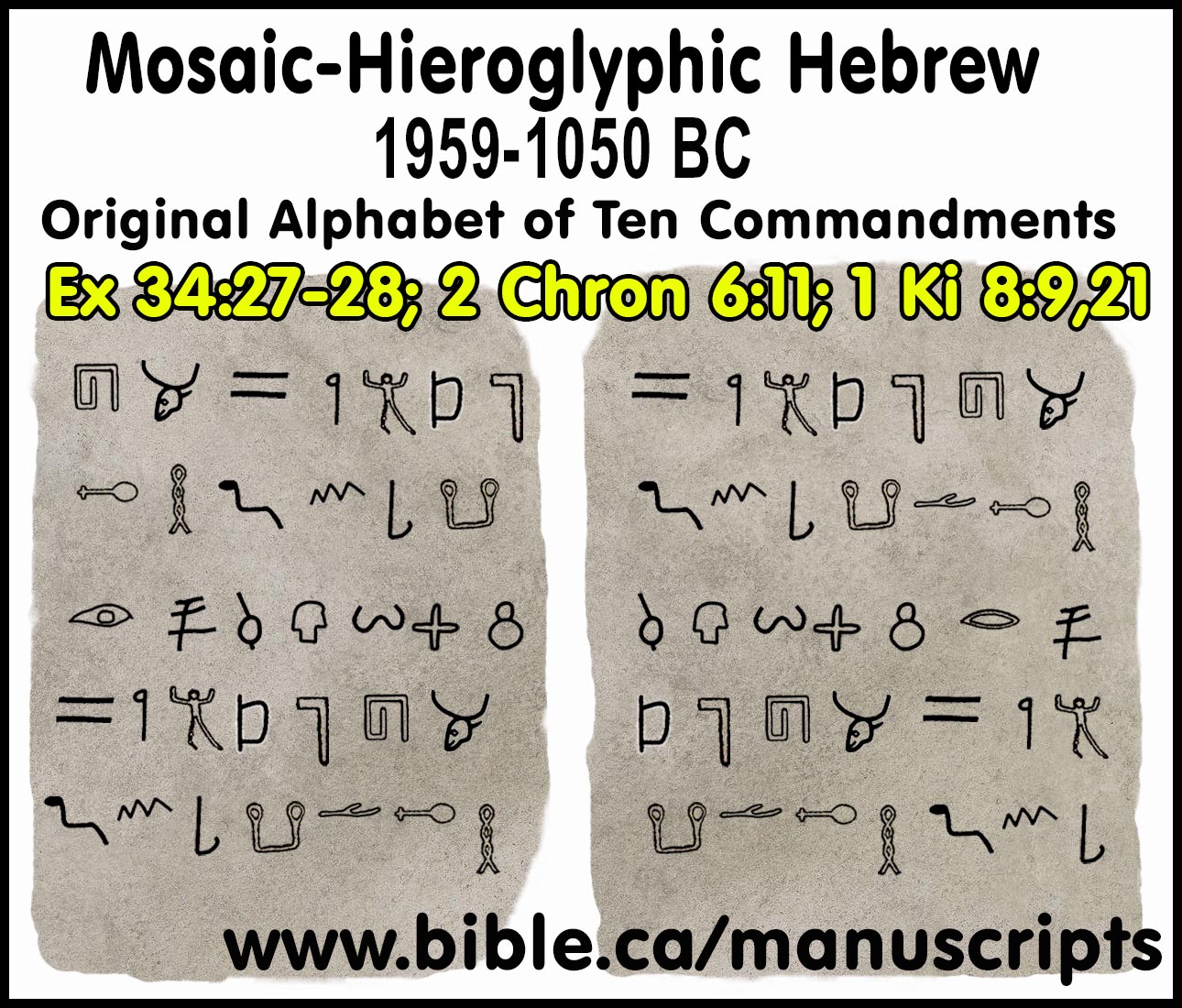
II. Proof that Moses wrote the Torah: (Gen – Deut)
1. Jesus calls Genesis “the book of Moses”:
a. “But regarding the fact that the dead rise again, have you not read in the book of Moses, in the passage about the burning bush, how God spoke to him, saying, ‘I am the God of Abraham, and the God of Isaac, and the God of Jacob’? “He is not the God of the dead, but of the living; you are greatly mistaken.”" (Mark 12:26–27)
2. Specific quotations from the Torah attributed to Moses:
a. "And Jesus said to him, “See that you tell no one; but go, show yourself to the priest and present the offering that Moses commanded, as a testimony to them.”" (Matthew 8:4)
b. Deut 24:1-4: "And He answered and said to them, “What did Moses command you?” They said, “Moses permitted a man to write a certificate of divorce and send her away.” But Jesus said to them, “Because of your hardness of heart he wrote you this commandment. “But from the beginning of creation, God made them male and female. “For this reason a man shall leave his father and mother, and the two shall become one flesh; so they are no longer two, but one flesh. “What therefore God has joined together, let no man separate.”" (Mark 10:3–9)
c. Deut 24:1-4: “Teacher, Moses said, ‘If a man dies having no children, his brother as next of kin shall marry his wife, and raise up children for his brother.’" (Matthew 22:24)
d. Deut 18:18: “This is the Moses who said to the sons of Israel, ‘God will raise up for you a prophet like me from your brethren.’" (Acts 7:37)
e. Deut 18:18: “Moses said, ‘The Lord God will raise up for you a prophet like me from your brethren; to Him you shall give heed to everything He says to you." (Acts 3:22)
f. Ex 33:19: "For He says to Moses, “I will have mercy on whom I have mercy, and I will have compassion on whom I have compassion.”" (Romans 9:15)
g. Deut 22:22: "they said to Him, “Teacher, this woman has been caught in adultery, in the very act. “Now in the Law Moses commanded us to stone such women; what then do You say?”" (John 8:4–5) (Lev 20:10;)
h. Deut 32:21: "But I say, surely Israel did not know, did they? First Moses says, “I will make you jealous by that which is not a nation, By a nation without understanding will I anger you.”" (Romans 10:19)
i. Deut 25:4: "For it is written in the Law of Moses, “You shall not muzzle the ox while he is threshing.” God is not concerned about oxen, is He?" (1 Corinthians 9:9)
j. Moses wrote about the details of the tabernacle: “Our fathers had the tabernacle of testimony in the wilderness, just as He who spoke to Moses directed him to make it according to the pattern which he had seen." (Acts 7:44)
3. Jesus and the apostles used the Torah which Moses wrote, to prove Jesus was the messiah:
a. "“Do not think that I will accuse you before the Father; the one who accuses you is Moses, in whom you have set your hope. “For if you believed Moses, you would believe Me, for he wrote about Me. “But if you do not believe his writings, how will you believe My words?”" (John 5:45–47)
b. "Then beginning with Moses and with all the prophets, He explained to them the things concerning Himself in all the Scriptures." (Luke 24:27)
c. "Now He said to them, “These are My words which I spoke to you while I was still with you, that all things which are written about Me in the Law of Moses and the Prophets and the Psalms must be fulfilled.”" (Luke 24:44)
d. "Philip found Nathanael and said to him, “We have found Him of whom Moses in the Law and also the Prophets wrote—Jesus of Nazareth, the son of Joseph.”" (John 1:45)
e. "“So, having obtained help from God, I stand to this day testifying both to small and great, stating nothing but what the Prophets and Moses said was going to take place; that the Christ was to suffer, and that by reason of His resurrection from the dead He would be the first to proclaim light both to the Jewish people and to the Gentiles.”" (Acts 26:22–23)
f. "When they had set a day for Paul, they came to him at his lodging in large numbers; and he was explaining to them by solemnly testifying about the kingdom of God and trying to persuade them concerning Jesus, from both the Law of Moses and from the Prophets, from morning until evening." (Acts 28:23)
4. Jesus and Christians used these Messianic verses from the Torah to prove Jesus was the Messiah:
a. Jesus crushed Satan at the Crucifixion: (see: Heb 2:14) "The Lord God said to the serpent, “Because you have done this, Cursed are you more than all cattle, And more than every beast of the field; On your belly you will go, And dust you will eat All the days of your life; And I will put enmity Between you and the woman, And between your seed and her seed; He shall bruise you on the head, And you shall bruise him on the heel.”" (Genesis 3:14–15)
b. The Dead Sea Scrolls use Num 24:17 and Deut 18 as a messianic texts: Jewish Messianic expectation seen in Dead Sea scrolls and coins
i. “I see him, but not now; I behold him, but not near; A star shall come forth from Jacob, A scepter shall rise from Israel, And shall crush through the forehead of Moab, And tear down all the sons of Sheth. “Edom shall be a possession, Seir, its enemies, also will be a possession, While Israel performs valiantly. “One from Jacob shall have dominion, And will destroy the remnant from the city.”" (Numbers 24:17–19)
ii. "‘I will raise up a prophet from among their countrymen like you, and I will put My words in his mouth, and he shall speak to them all that I command him. ‘It shall come about that whoever will not listen to My words which he shall speak in My name, I Myself will require it of him." (Deuteronomy 18:18–19)
c. Angels are commanded to worship Jesus Christ in Deut 32:43 in the LXX (Heb 1:6): "Delight, O heavens, with him and worship him, you sons of God. Delight, O nations, with his people and prevail with him, all you angels of God. For he will avenge the blood of his sons, and he will avenge and he will repay the enemies with vengeance, and he will repay those who hate, and the Lord will cleanse out the land of his people.’ ”" (Deuteronomy 32:43)
III. Prolepsis in Genesis (anachronistic):
1. Definition of Prolepsis: "the representation of something in the future as if it already existed or had occurred."
2. Examples of Prolepsis in scripture:
a. Since the River derives its name from the tribe of Dan, it proves that the book of Genesis, Numbers and Deuteronomy were updated by a latter inspired scribe after the tribe of Dan migrated north to capture Laish in 1340 BC (Judges 18-19). The river was never named Jordan, until after the tribe of Dan occupied "Tel Dan". This is called the editorial practice in the proleptic use of place names in the Bible.
b. Genesis 3:20 And Adam called his wife's name Eve, because she was the mother of all living. (This is said before the birth of Cain.)
c. Genesis 4:20-21 And Adah bore Jabal. He was the father of those who dwell in tents and have livestock.
d. His brother's name was Jubal. He was the father of all those who play the harp and flute. (but not at that time in the narration)
e. Matthew 10:4 Simon the Canaanite, and Judas Iscariot, who also betrayed Him. (The betrayal did not occur until 3 years later.)
f. 1 Sam 4:1 not named until later ( 1 Sam 7:12)
g. "Judas the son of James, and Judas Iscariot, who became a traitor." (Luke 6:16)
h. Gen 11:9 (name change reflects a latter event
i. Gen 2:24 there were no mothers and fathers at that time!
j. Jn 11:1-2 anointing did not take place until later in Jn 12:3
k. When Moses wrote "Genesis" to the Jews, he brought up the reason they kept the Sabbath in the Creation account, although it was not finally revealed until the events recorded in Exodus.
l. Exodus 20:8-11 Remember the Sabbath day, to keep it holy... For in six days the Lord made the heavens and the earth, the sea, and all that is in them, and rested the seventh day. Therefore the Lord blessed the Sabbath day and hallowed it. "
m. Here is a short list of proleptic names in the book of Genesis where a later name is applied to a location before it was ever called that name:
|
Original name when stories happened |
Later prolepsis or anachronistic name inserted in earlier stories before the name existed in time |
|
Laish, Leshem: Renamed "Dan" by Tribe of Dan in 1304 BC in Judges 18:29; Josh 19:47 |
Dan used 2 times: Gen 14:14; Deut 34:1 |
|
Luz: Renamed "Bethel" by Jacob in Gen 28:19 between 2006 -1886 BC |
Bethel used 4 times: Genesis 12:8; 13:3 |
|
Zephath: Renamed Hormah by the tribes of Judah and Simeon in 1399 BC in Judges 1:17 |
Hormah used 5 times in Num 14:45; Deut 1:44; Josh 12:14; 15:30: 19:4 |
|
Mamre, Kiriath-Arba: Renamed Hebron possibly in 1094 BC, 7 years before Zoan was built in Egypt in 1087 BC. However, there is evidence and it is more likely that Zoan had been founded much earlier since Psalm 78:43 says that Zoan existed at the time of the Exodus in 1446 BC. But the Ps. Reference itself may be a proleptic name for Goshen since at the time of David and Ps 78, Zoan was the name used for the region of the eastern delta. The reference to Zoan in Num 13:22, on the other hand, may be a later editorial update. |
Hebron used 15 times in Genesis, Joshua and Judges: Gen 13:18; 23:19; 37:14; Num 13:22; Josh 10:3,5,23,36,39; 11:21; 12:10; 14:13; 21:13; Judges 1:20 |
|
Coins: darics of gold did not exist at the time of David. Money began in about 600 BC. "and for the service for the house of God they gave 5,000 talents and 10,000 darics of gold, and 10,000 talents of silver, and 18,000 talents of brass, and 100,000 talents of iron." (1 Chronicles 29:7) |
Darics coins were first minted in the Persian period. Coins did not exist in Israel until the Perisan period. Since Chronicles was clearly written in the Persian period after the return from Babylon, (probably by Ezra) the writer substituted the value of the weight of gold during the time of David for the equivalent in Persian Darics money. Two other references of these coins in the Persian period: Ezra 2:69; Neh 7:70 |
Conclusion:
1. Both the Torah and the Ten Commandments were written in Hieroglyphic Hebrew alphabet.
a. There are no Bible manuscripts or even a single fragment known to exist of any Bible text written in Hieroglyphic Hebrew.
b. We have the Samaritan Pentateuch Torah written in Paleo-Hebrew
2. Samuel around 1050 BC translated the Hieroglyphic Hebrew into Paleo-Hebrew at Naioth, Ramah.
a. Archeology shows that the use of Hieroglyphic Hebrew was replaced by Paleo-Hebrew during the Iron 1 age (1100-1000 BC)
b. Samuel was the only dominant prophet and the only candidate for making this change in Bible manuscript text.
3. See: Samuel’s Naiothic Text (SNT)
|
Six Manuscripts of the Old Testament |
|||||
|
Name |
Date |
Authors |
Place |
Content |
Language |
|
Mosaic (ST) |
1446 BC |
Moses |
Sinai |
Book of the Law, Torah |
Hieroglyphic Hebrew |
|
Naiothic (SNT) |
1050 BC |
Samuel |
Naioth, Ramah |
Torah, Joshua |
Paleo-Hebrew |
|
Samaritan Pentateuch (SP) |
623/610 BC |
Samuel |
Naioth, Ramah |
Torah (copy from Josiah) |
Paleo-Hebrew |
|
Quattuordecim (XIV) |
458-445 BC |
Ezra “the 14” |
Jerusalem |
Tanakh, (Except Neh., Mal.) |
Aramaic-Hebrew |
|
Septuagint (LXX) |
282 BC |
“the 70” |
Alexandria |
Tanakh |
Greek |
|
Masoretic (MT) |
160 AD |
Rabbi Yose ben Halafta |
Zippori |
Tanakh |
Aramaic-Hebrew |
|
The Septuagint LXX “Scripture Cannot Be Broken” |
|||||
|
Start Here: Master Introduction and Index |
|||||
|
Six Bible Manuscripts |
|||||
|
1446 BC Sinai Text (ST) |
1050 BC Samuel’s Text (SNT) |
623 BC Samaritan (SP) |
458 BC Ezra’s Text (XIV) |
282 BC Septuagint (LXX) |
160 AD Masoretic (MT) |
|
Research Tools |
|||||
|
Steve Rudd, November 2017 AD: Contact the author for comments, input or corrections |
|||||
By Steve Rudd: November 2017: Contact the author for comments, input or corrections.
Go to: Main Bible Manuscripts Page
